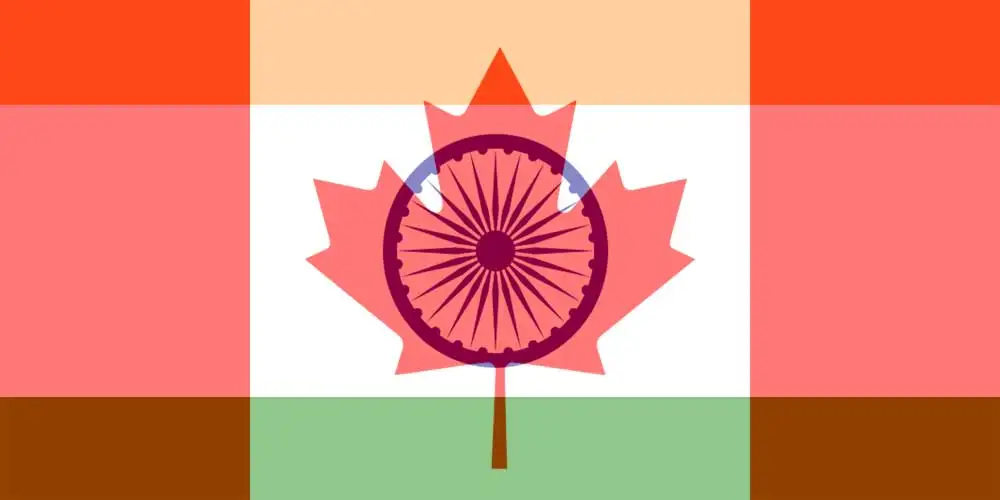Scotiabank - CAD Rate Margin Analysis
The average CAD rate margin offered by Scotiabank is 4.4%.
This average is based on individual CAD 10K transfer rates in the currency pairs from Scotiabank that we monitor.
Scotiabank - Best and Worst Value Rates
The tables below show the best and worst exchange rate margins offered by Scotiabank for Canadian dollar (CAD 10K)
transactions. Margins show the percentage difference from the mid-market rate.
Scotiabank Best Value Rates (Lowest Margins)
| Currency Pair |
Scotiabank Rate |
Mid Market Rate |
Margin |
|
CAD/USD
|
0.6893 |
0.7129 |
3.3% |
|
CAD/AUD
|
1.0546 |
1.0940 |
3.6% |
|
CAD/MXN
|
12.66 |
13.14 |
3.7% |
|
CAD/SGD
|
0.8940 |
0.9282 |
3.7% |
|
CAD/INR
|
60.84 |
63.21 |
3.7% |
Scotiabank Worst Value Rates (Highest Margins)
| Currency Pair |
Scotiabank Rate |
Mid Market Rate |
Margin |
|
CAD/KYD
|
0.5517 |
0.5932 |
7.0% |
|
CAD/TTD
|
4.5496 |
4.8254 |
5.7% |
|
CAD/BMD
|
0.6723 |
0.7129 |
5.7% |
|
CAD/BSD
|
0.6723 |
0.7129 |
5.7% |
|
CAD/BBD
|
1.3457 |
1.4258 |
5.6% |
Learn more about Scotiabank Foreign Exchange
Wire Transfer Send/Receive Fees
Send money internationally as a direct deposit to your family or friends using your mobile app or online banking
|
$1.99*/transfer on select accounts
|
| Each automatic pre-arranged transfer of funds between your Scotiabank personal Canadian Dollar deposit account (debit transaction fee applies) |
Free |
| Each manually processed pre-arranged transfer of funds between your Scotiabank personal deposit accounts (debit transaction fee applies where applicable) |
$1.50 |
| Each transfer by branch staff between your Scotiabank personal deposit account due to telephone/fax/mail request, or to cover cheques (debit transaction fee applies) |
$4.50
(optional Advice $5.00) |
| Transferring a Scotiabank account balance to another financial institution |
$20.00 |
| Incoming Wire Transfer fees |
|
| Incoming Wire Transfer identified as a Pension Payment in the payment message |
$1.50 per transfer* |
| All other Incoming Wire Transfers |
$15.00 CAD/USD per transfer* |
* All fees are charged in the currency of the account.
The Scotiabank FX Fees we use are based on publicly available information available here.
What is the
Scotiabank Send Money conversion rate for CAD to INR?
The Scotiabank CAD to INR exchange rate is 61.55. This is -2.7% compared to the latest CAD-INR mid-market rate 63.28.
As exchange rates can vary
significantly between banks and also between currency exchange providers,
it's therefore important to carefully compare
Canadian dollar (CAD) to Indian rupee (INR) rates from different sources before making a conversion.
The above
Scotiabank - Loonie to Rupee comparison table
makes it easy to compare the Total Fees (both variable and fixed) you are being charged by
Scotiabank and other foreign exchange providers against the latest CAD-INR mid-rate and the possible savings of using various providers.
How do Scotiabank CAD-INR rates compare between providers?
Looking at the full
CAD to INR - Send Money comparison table the provider with the best CAD to INR exchange rate is XE at 62.9, -0.6% from the latest mid-market rate 63.28.
The next best is Wise at 62.76, -0.82% from the mid-rate.
Then Western Union at 62.27, which is -1.6% from the mid-rate.
Among the banks the TD Bank rate is 58.5 at -7.6% the Scotiabank rate is 61.55 at -2.7% and the Royal Bank of Canada rate is 61.34 at -3.1% compared to the mid-rate 63.28.
It's important to note that exchange rates also fluctuate frequently due to market conditions. Additionally,
banks like Scotiabank often apply a margin to the exchange rate, resulting in a less favorable rate for customers compared to the mid-market rate.
For more competitive rates, you might consider using a specialized currency exchange service
or platforms that offer rates closer to the mid-market rate.
Compare CAD to INR Transfer Rates



